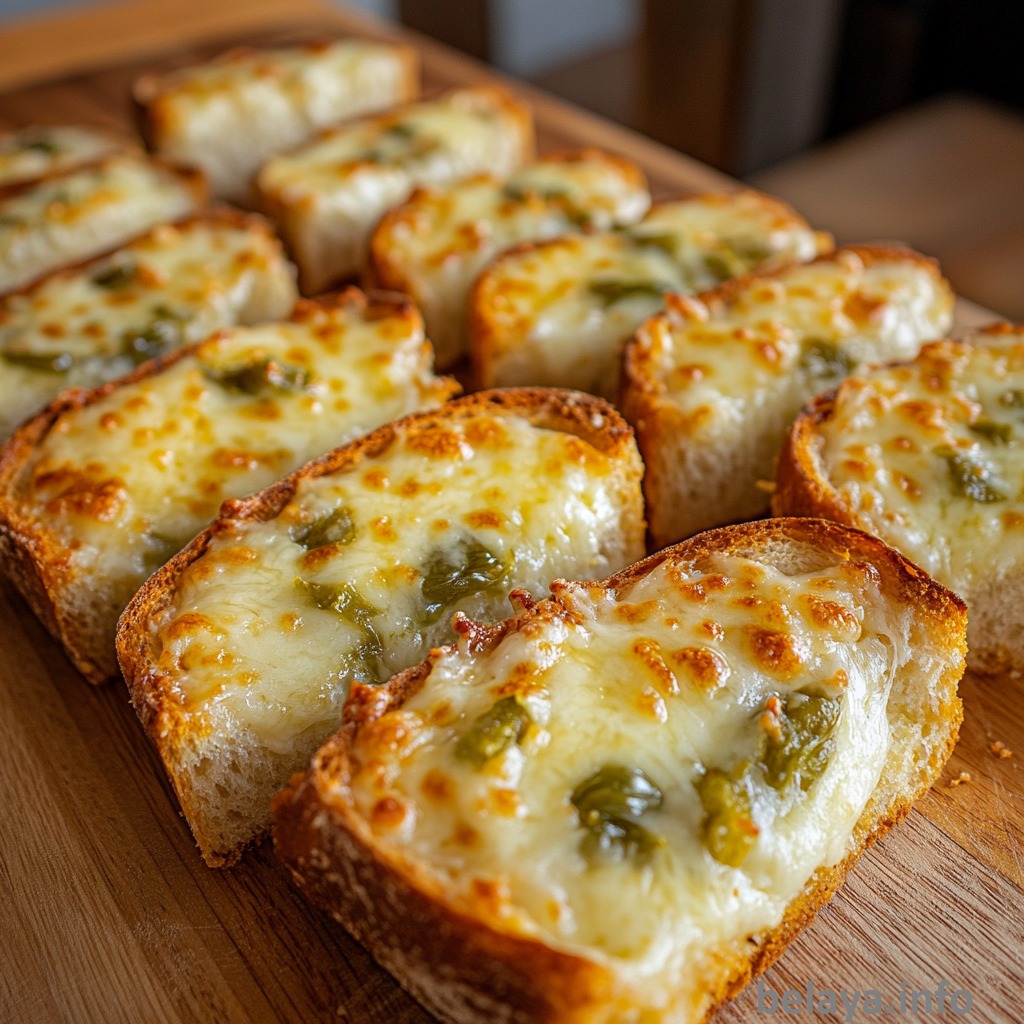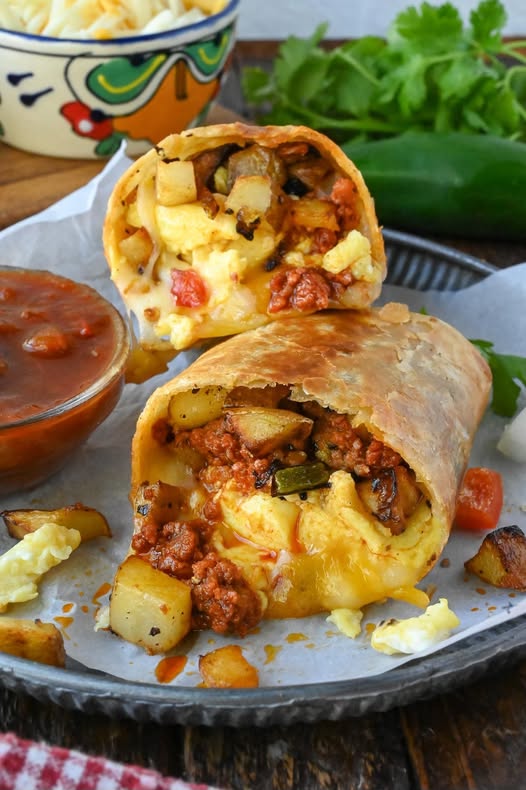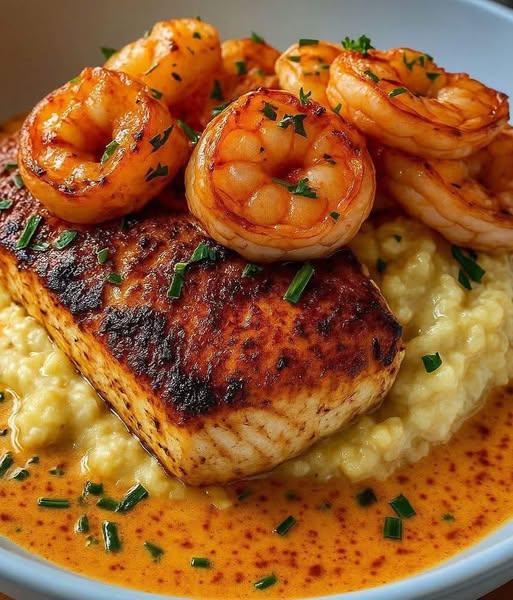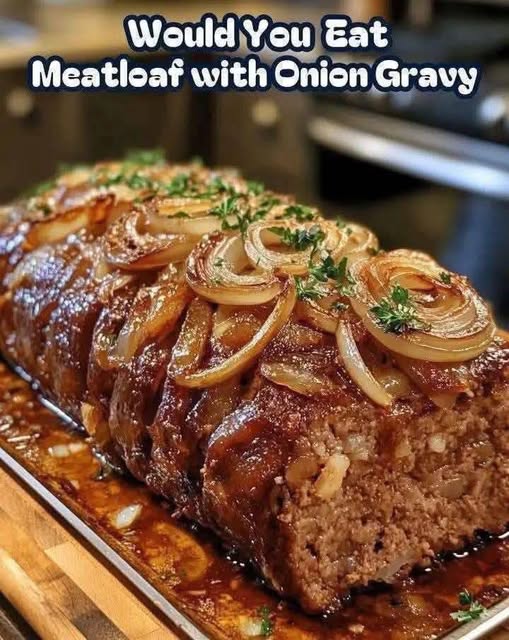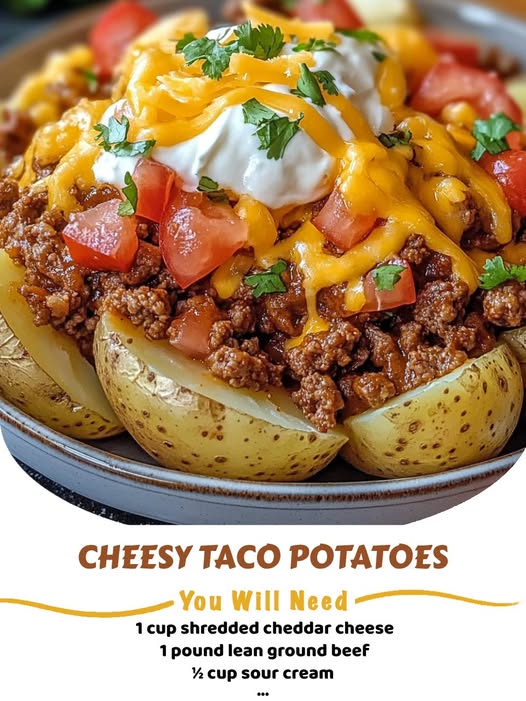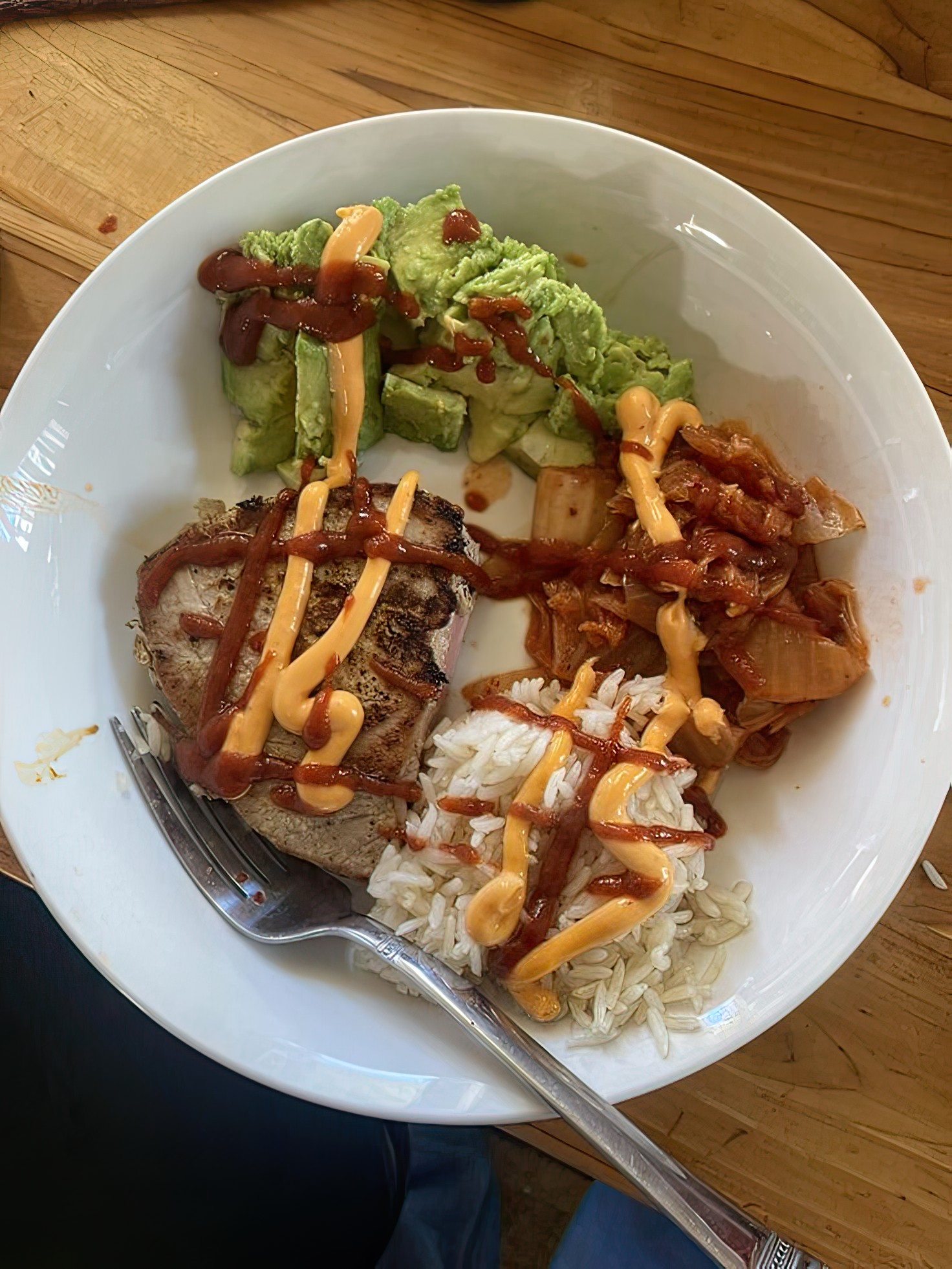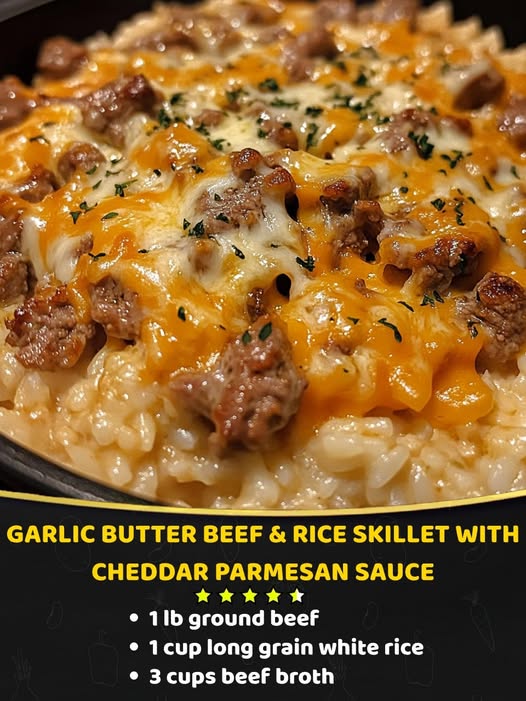Deviled eggs, those delightful morsels of creamy, spicy perfection, are a beloved staple at gatherings, picnics, and parties. They embody simplicity and elegance, effortlessly bridging the gap between comfort food and sophisticated appetizer. The dish consists of hard-boiled eggs that are halved and filled with a delectable mixture of their own yolks, mayonnaise, mustard, and a touch of spice. They are as versatile as they are delicious, with countless variations that cater to every palate.
Historical Origins
Eggs have been a dietary mainstay across the globe for centuries, but the concept of “deviling” them traces its roots back to ancient Rome. The Romans, known for their culinary prowess, served boiled eggs seasoned with spicy sauces as a first course. This practice laid the groundwork for what we now recognize as deviled eggs. The term “deviled” became popular in the 18th century, describing foods that were spiced or seasoned intensely, a nod to the heat and piquancy that these dishes often embodied.
The dish gained its modern form in the United States, where it has become a quintessential American appetizer. By the mid-20th century, deviled eggs had cemented their place in American culinary culture, appearing at potluck dinners, holiday spreads, and family gatherings. Each region and family often boasts its own version, reflecting local tastes and traditions.
Cultural Significance
Deviled eggs are more than just a delicious snack; they are a symbol of comfort and hospitality. In the South, for instance, they are a staple at church picnics and family reunions, treasured for their simplicity and versatility. They represent a sense of nostalgia, evoking memories of warm kitchens and family gatherings. Their popularity transcends regional boundaries, making them a universal symbol of togetherness and celebration.
In other parts of the world, similar dishes exist under different names. In Sweden, “stuffed eggs” are a traditional Easter treat, while in Hungary, they are often filled with a mixture of yolks and liver pâté. This global appreciation underscores the universal appeal of deviled eggs, highlighting their adaptability and enduring charm.
Unique Ingredients and Flavors
The magic of deviled eggs lies in their simplicity and the balance of flavors they offer. The creamy yolk mixture is the star, typically consisting of mayonnaise, mustard, and a hint of vinegar or lemon juice. This base provides a canvas for creative expression, allowing cooks to experiment with flavors and textures.
Mustard adds a tangy sharpness that cuts through the richness of the yolks, while a dash of hot sauce or cayenne pepper introduces a gentle heat that lingers on the palate. The garnish, often a sprinkle of paprika or a slice of jalapeño, adds visual appeal and an extra layer of flavor.
For those seeking to elevate their deviled eggs, incorporating unique ingredients can transform the dish. A hint of truffle oil can lend a luxurious aroma, while finely chopped herbs like dill or chives can introduce freshness. Smoked salmon or crispy bacon crumbles can add depth and complexity, turning a simple appetizer into a gourmet experience.
Techniques and Tips
Crafting the perfect deviled egg requires attention to detail and a few insider tips. The eggs must be boiled to perfection—overcooking can lead to a rubbery texture, while undercooking prevents proper yolk extraction. A gentle boil followed by an ice bath ensures the eggs remain tender and easy to peel.
Once boiled, the eggs should be sliced in half lengthwise, and the yolks carefully scooped out. Combining the yolks with mayonnaise and mustard requires a gentle touch; the mixture should be whipped until smooth and creamy, free of lumps. A piping bag or a spoon can be used to refill the egg whites, creating a neat and appealing presentation.
Finally, garnishing the eggs is an opportunity to showcase personal flair. A dusting of smoked paprika, a sprig of dill, or a slice of pickled jalapeño can add the finishing touch, transforming the humble egg into a work of art.
Deviled eggs are a testament to the beauty of simplicity and the power of tradition. They invite creativity and experimentation while honoring their historical roots. Whether enjoyed at a family gathering or a sophisticated soirée, they continue to delight generations with their timeless appeal.
Classic Deviled Eggs
Description
These deviled eggs are a perfect blend of creamy, tangy, and savory. They're easy to make and always a crowd pleaser at any gathering.
Ingredients
Eggs and Basics
Filling Mix
Garnish
Instructions
Preparing the Eggs
-
Boil the Eggs
Place eggs in a single layer in a saucepan and cover with water by about an inch. Bring to a rolling boil over medium heat.For perfectly hard-boiled eggs, once the water reaches a boil, turn off the heat and cover the pan. Let the eggs sit for 10-12 minutes. -
Cool and Peel
Transfer the eggs to a bowl of ice water to stop cooking. Let them cool completely before peeling.Gently tap the eggs on a hard surface and roll to crack the shell all around for easier peeling.
Making the Filling
-
Halve and Scoop
Cut the peeled eggs in half lengthwise. Gently scoop out the yolks into a mixing bowl.Be careful not to tear the egg whites; they are delicate and can rip easily. -
Mix the Filling
Mash the yolks with a fork and mix in mayonnaise, mustard, salt, and pepper until smooth and creamy.For an extra flavor kick, consider adding a dash of hot sauce or a sprinkle of smoked paprika.
Assembling the Deviled Eggs
-
Pipe or Spoon the Filling
Fill a piping bag or use a spoon to fill each egg white half with the yolk mixture.If you don't have a piping bag, a plastic sandwich bag with the corner snipped off works perfectly. -
Garnish and Serve
Sprinkle with paprika or garnish with fresh herbs like chives or dill before serving.For a festive touch, add toppings like crispy bacon bits or pickled jalapeño slices.
Note
For deviled eggs, consider using older eggs, as they peel more easily after boiling. Enhance the flavor by adding a touch of Dijon mustard or a splash of vinegar to the yolk mixture. For a creamy texture, mash the yolks thoroughly and incorporate mayonnaise gradually. Experiment with different toppings—paprika for classic flair, chives for freshness, or a dash of hot sauce for heat. To ensure even cooking, start with eggs in cold water, bring to a boil, and then simmer gently for about 10 minutes. For a refined presentation, use a piping bag to fill the egg whites. Adjust seasoning to taste, keeping in mind that chilling the eggs can mellow flavors, so taste again before serving. Store deviled eggs in an airtight container in the fridge for up to two days for optimal freshness.


